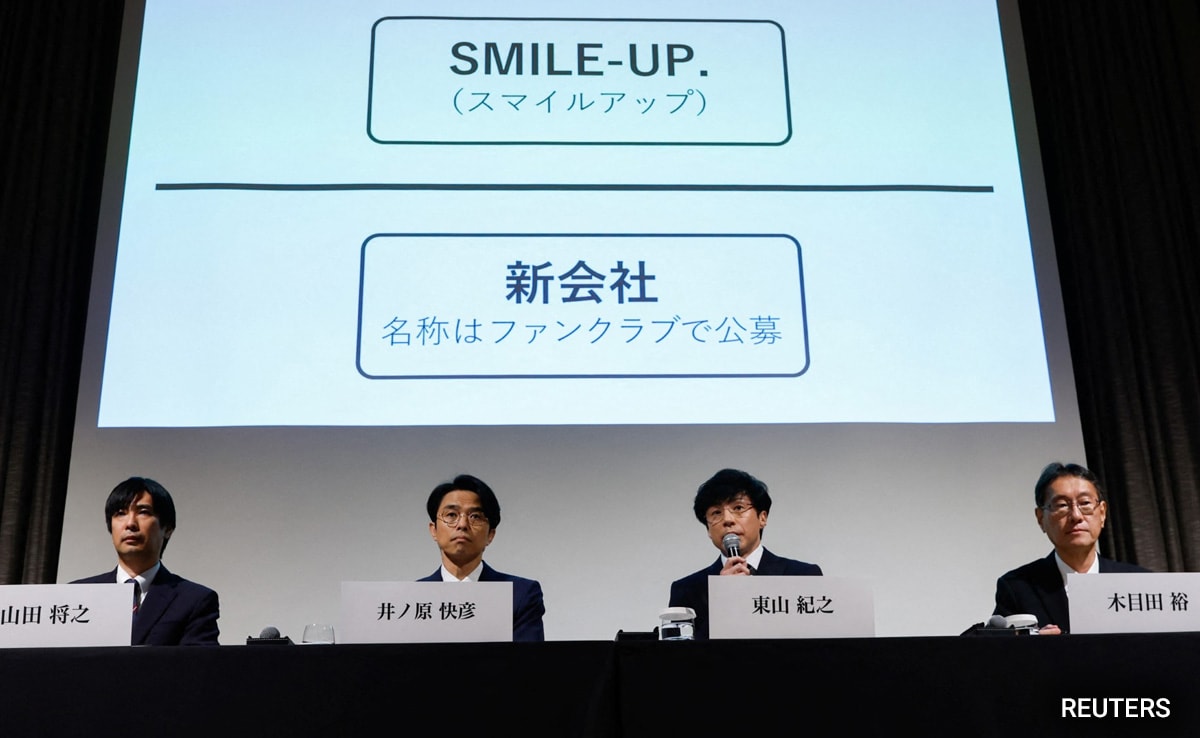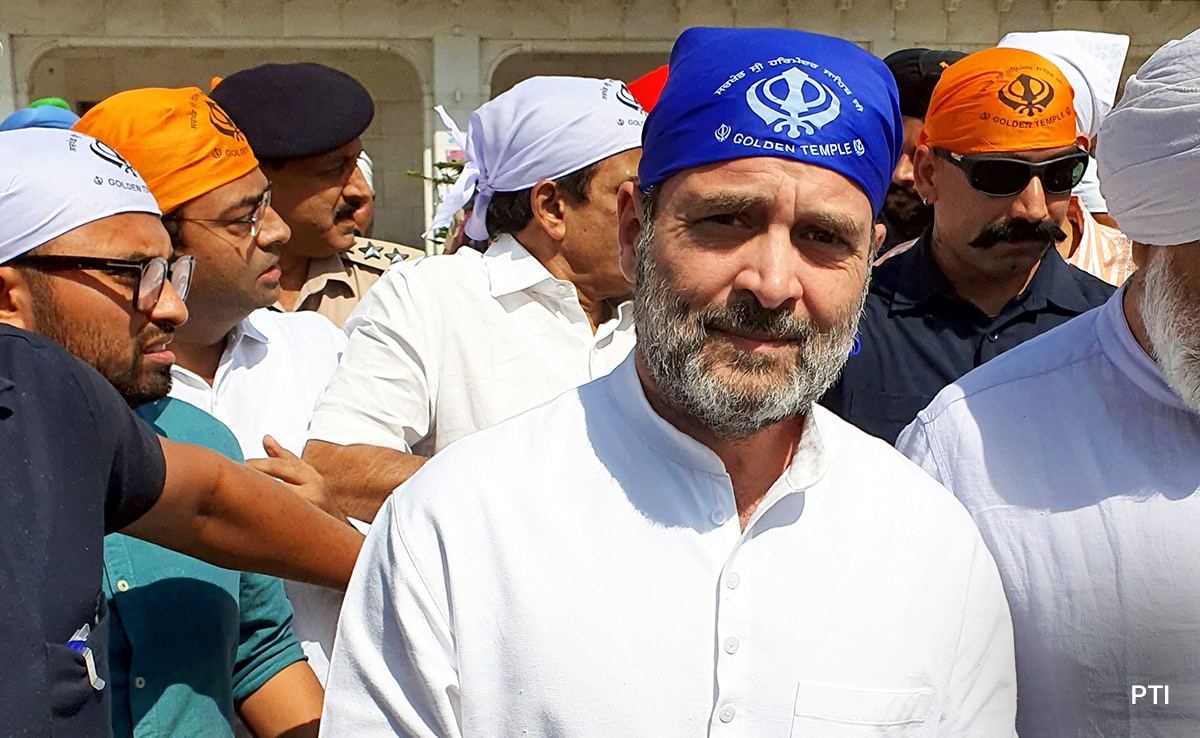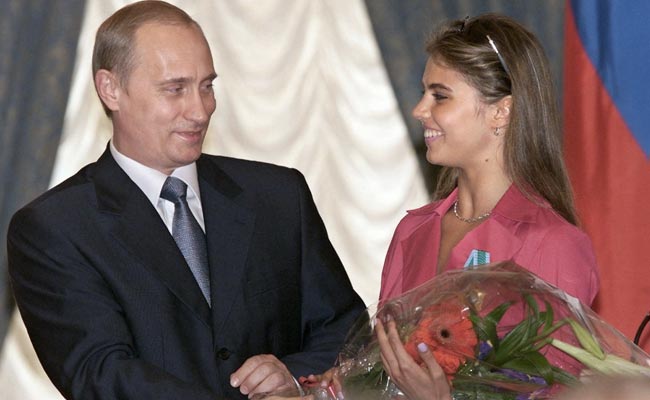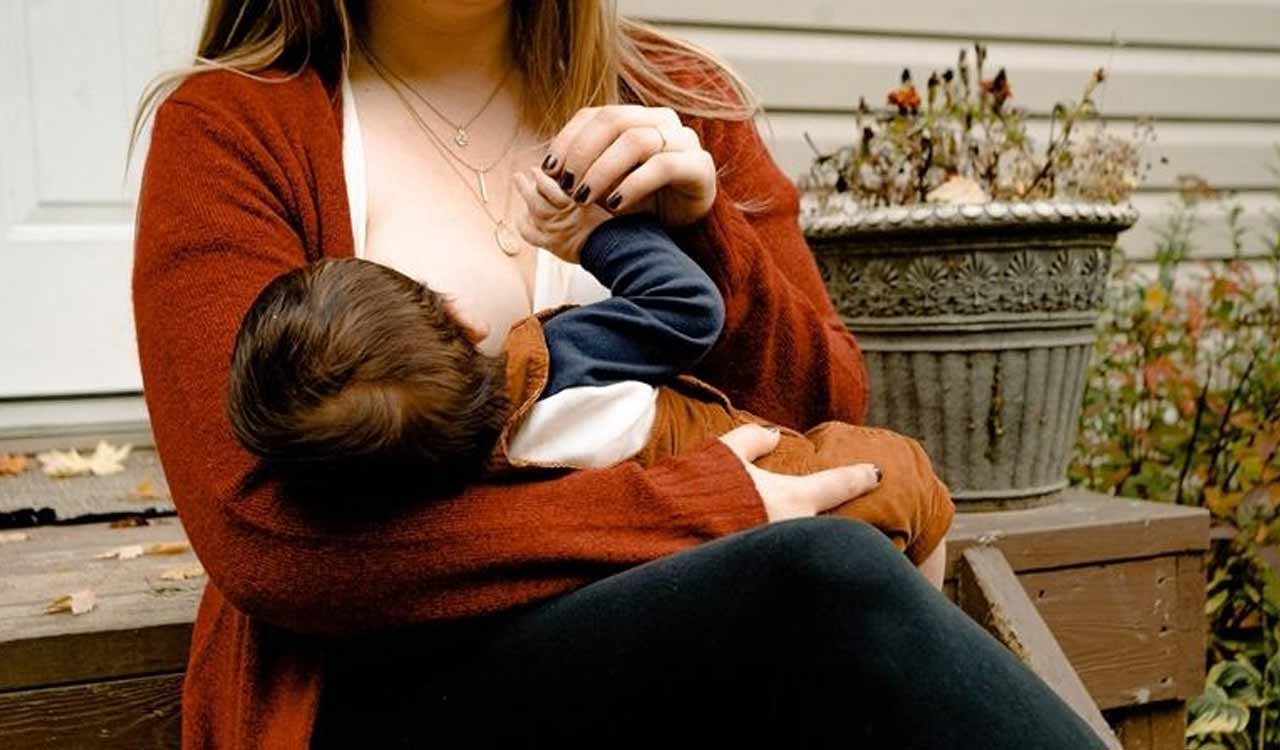Adani Energy Solutions Limited (AESL), earlier known as Adani Transmission Limited (ATL), is a part of the diversified Adani Group.
Published Date – 03:29 PM, Mon – 2 October 23

Ahmedabad: Kharghar Vikhroli Transmission Limited, which will enable additional power to be brought into Mumbai and thus enable meeting the city’s growing and future electricity demand, is commissioned, said Adani Energy Solutions Limited (AESL) through a release on Monday.
Adani Energy Solutions Limited (AESL), earlier known as Adani Transmission Limited (ATL), is a part of the diversified Adani Group. It is the transmission and distribution arm of the Adani portfolio.
Built by Adani Energy Solutions Limited (earlier known as Adani Transmission Limited), the energy solution, transmission and distribution arm of the Adani portfolio, the project is critical for Mumbai as the existing capacity of the transmission corridor is not sufficient to carry further power into the city.
Mumbai witnessed grid failure twice in recent times on 27 February 2022, and on 12 October 2020; localities across the metropolis went dark for a considerable period.
The Kharghar-Vikhroli line will bring additional 1,000 MW reliable power to Mumbai city as a solution to mitigate any such incidents in the future. With this project’s commissioning, Mumbai gets a 400 KV grid within its municipal geography, bringing enhanced import capability within its electricity grid and improving reliability and stability. For consumers, it provides that much more sustainability to commuting through bullet trains, Metro Rail and city railways, as also for commercial and residential establishments,†the release read.
Kharghar Vikhroli Transmission Limited comprises approximately 74 circuit kilometres of 400 kV and 220 kV transmission lines, along with a 1,500 MVA 400kV Gas Insulated Substation (GIS) at Vikhroli, the first 400KV substation of its kind in Mumbai.
As per the release, the KVTL project starts in the Kharghar area of Navi Mumbai, traverses through its urbanlocations and terminates at Vikhroli in Mumbai city. The project includes the following major elements: 1. 400 kV/220 kV GIS Vikhroli substation, having 1500 MVA transformation capacity2.
Air Insulated System switchyard at Kharghar3. 400 kV double/multi circuit Kharghar-Vikhroli line4. 400 kV loop in loop out (LILO) on Talegaon-Kalwa line at Vikhroli5.
220 kV LILO on Trombay-Salsette line at Vikhroli AESL is the country’s largest private transmission company. ATL also operates a distribution business, servingmore than 12 million consumers in Mumbai.






















